Influencer Payment Platform
Effortlessly manage influencer payments with Later
Never miss a payment or product shipment again thanks to Later Influence™’s seamless, end-to-end influencer marketing platform.
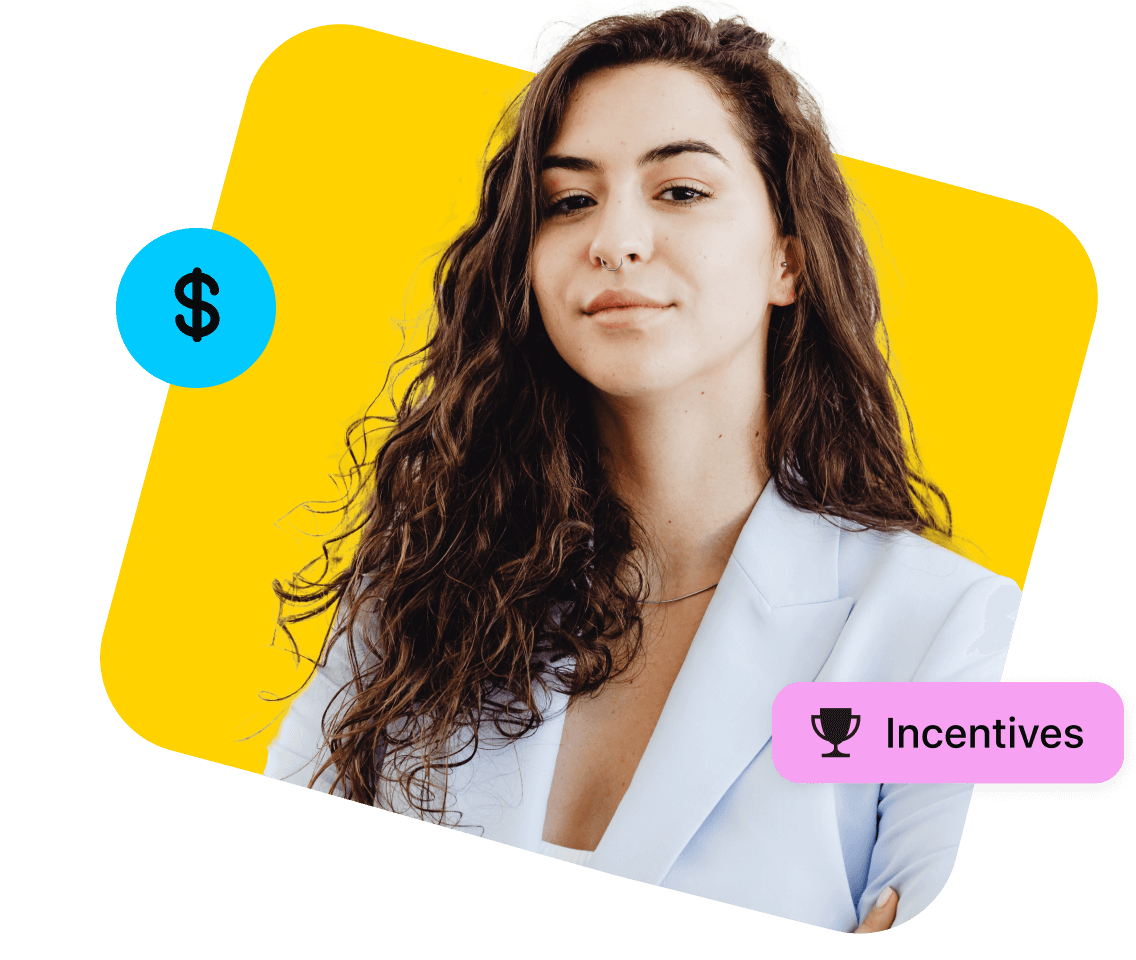

How to Pay Influencers with Later
The simplest way to manage invoices & payments
Spend less time distributing money so you can focus on building relationships and driving impactful campaigns.
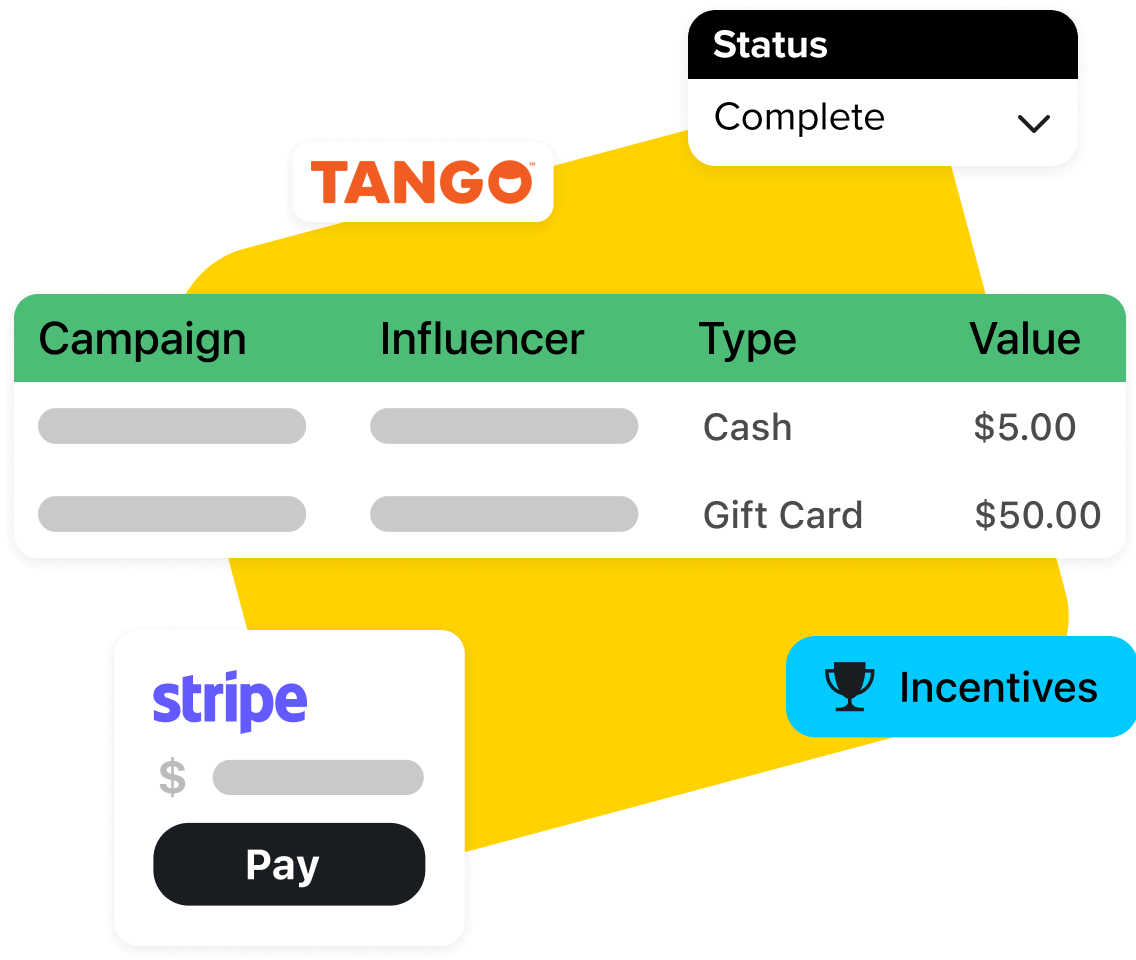
- 1.
Automatically track invoices
Keep track of who’s been paid and when.
- 2.
Explore compensation options
Choose the best form of incentive for your brand.
- 3.
Try influencer gifting
Use Tango to send e-gift cards from hundreds of global retailers & brands.
- 4.
Use Stripe for easy payments
Securely pay cash with Stripe in over 25 currencies.
Efficient Payment Solutions
Never miss another payment
Incentivize your influencers & brand ambassadors with cash, gift cards, promo codes, points or products.

Payout Management
Automate creator payments
Manage everything from payout details to incentive tracking and shipment status to ensure you never go over budget.
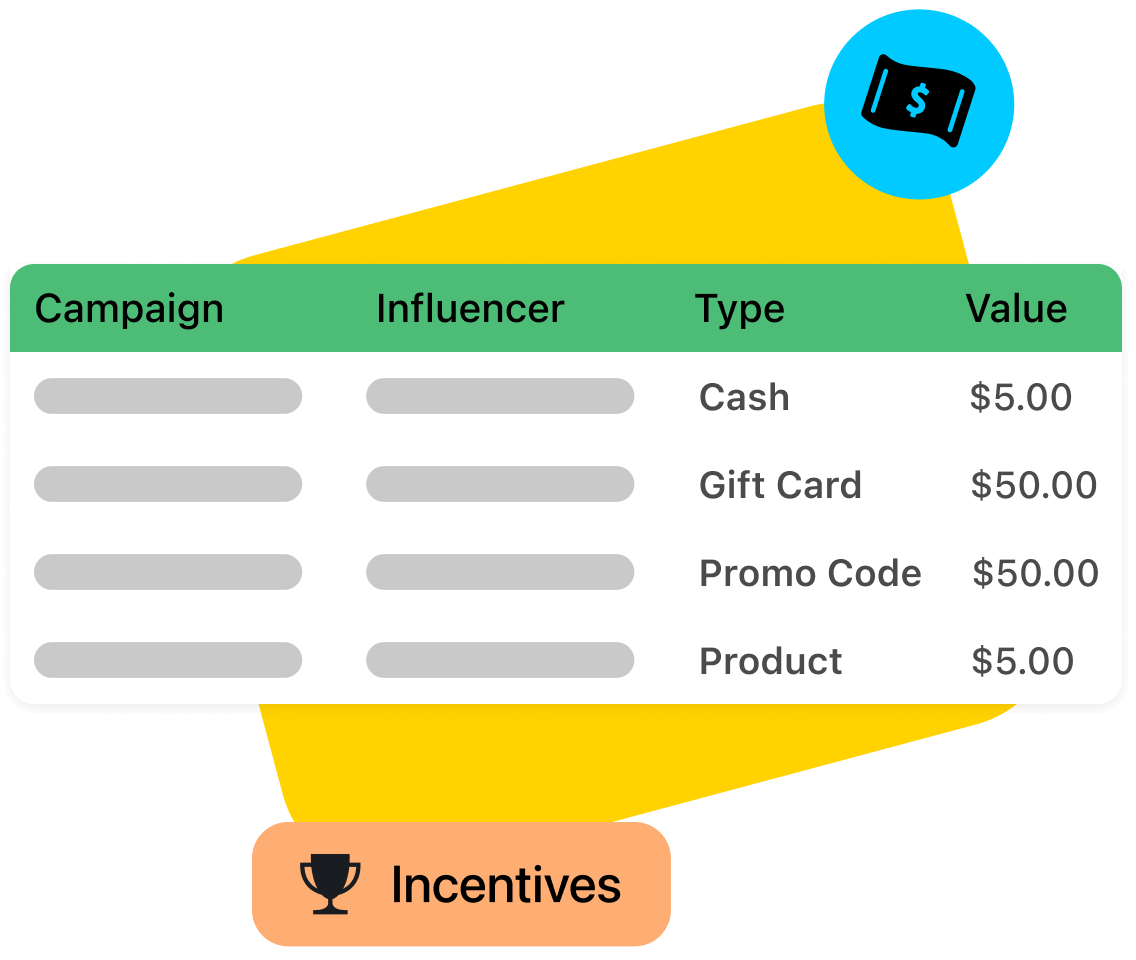
Hybrid Compensation
Manage multiple payment options
Incentivize influencers within the platform with cash, products, gift cards, or exclusive experiences. Use promo codes & referral codes to track online and in-store conversions.
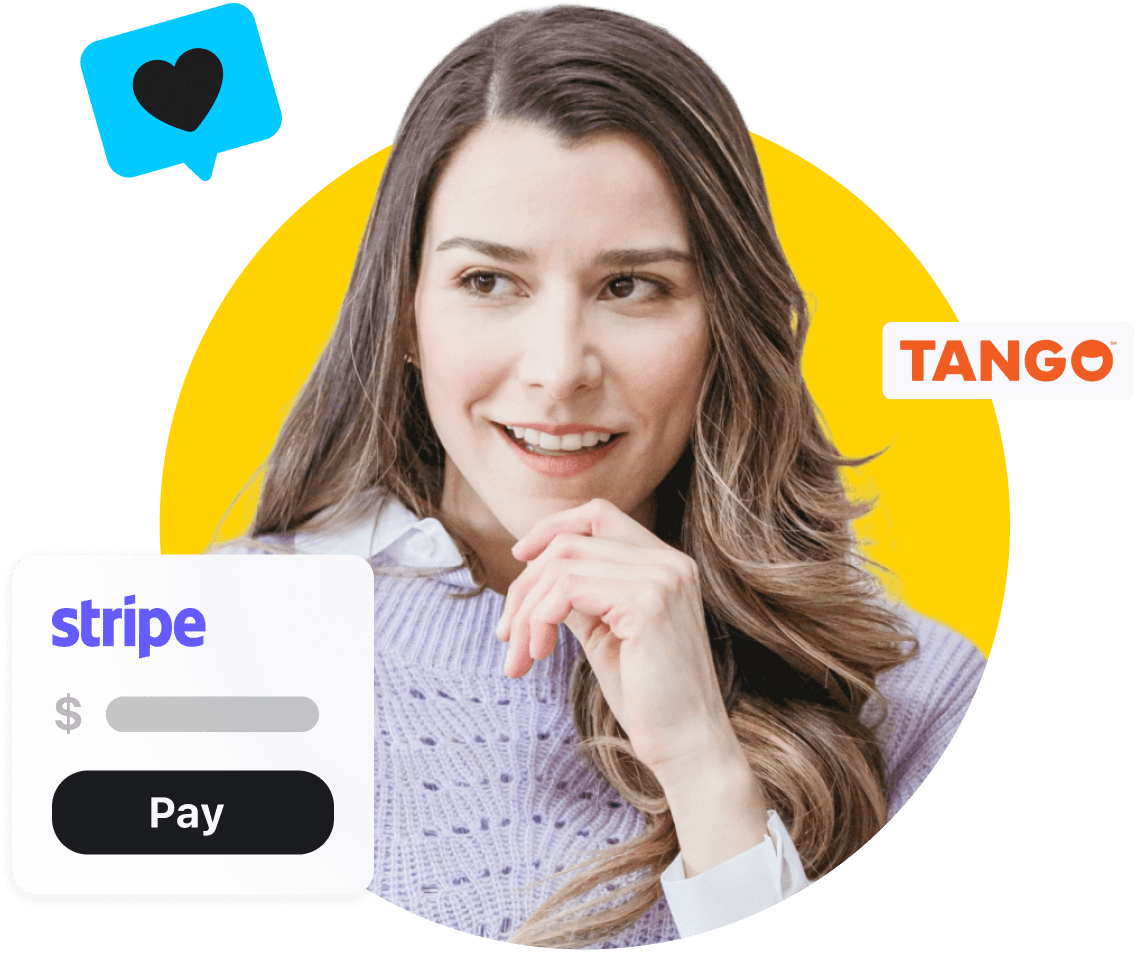
Global Payout Options
Pay influencers anywhere
Stripe & TangoCard integrations make it easier than ever to seamlessly and safely pay influencers in multiple currencies, as well as manage bulk payouts.
Testimonial
What our customers say
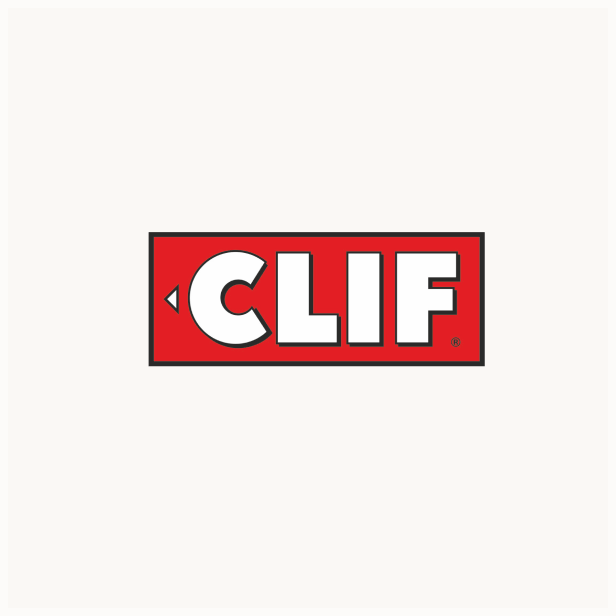
(Later) makes dealing with the world of influencers as turnkey as it can be. I consider them partners. The influencer landscape is constantly changing and evolving. (Later) helps us stay on top of trends and reach consumers in an authentic, effective, and efficient way.
Drew McGowan
Clif Bar & Company, Communications and Influencer Marketing Strategy
Pay influencers on time, every time
Later's influencer marketing platform helps you manage payouts efficiently so you can get your time back.